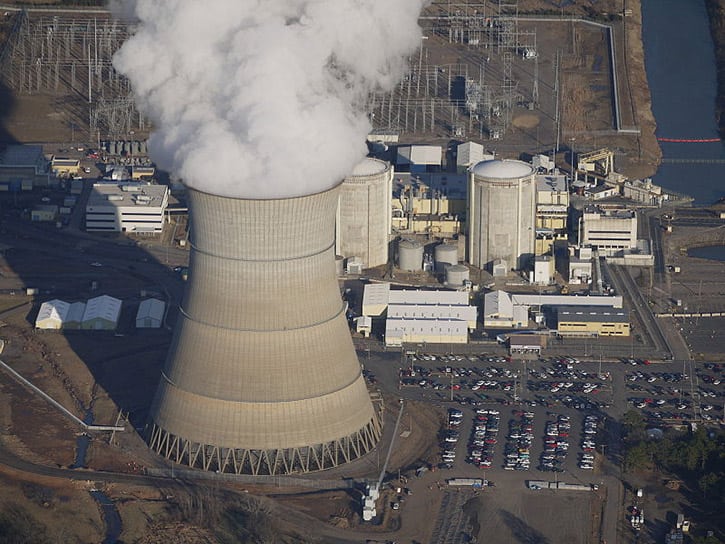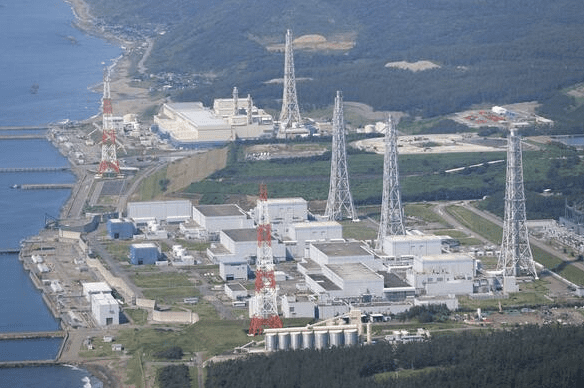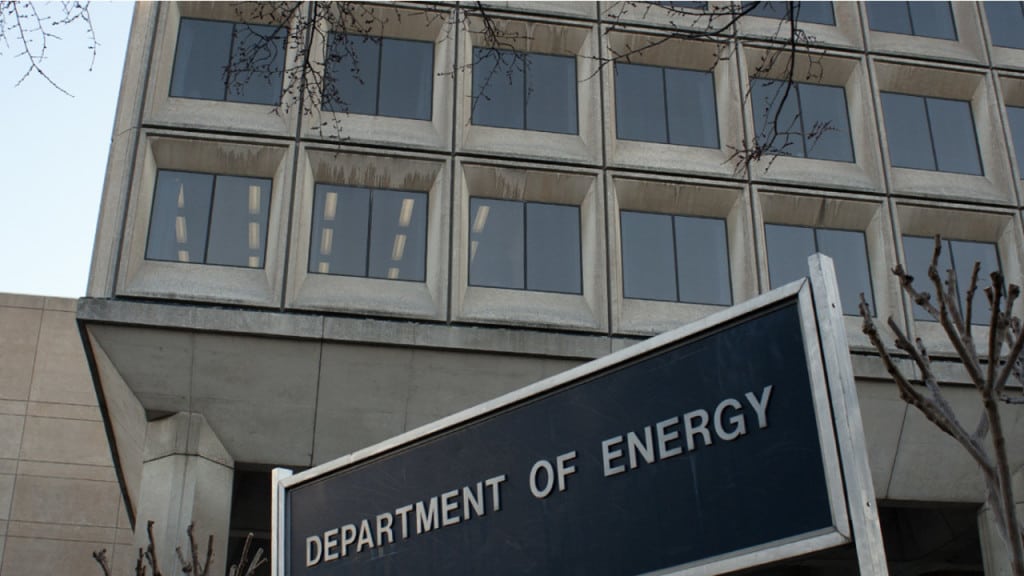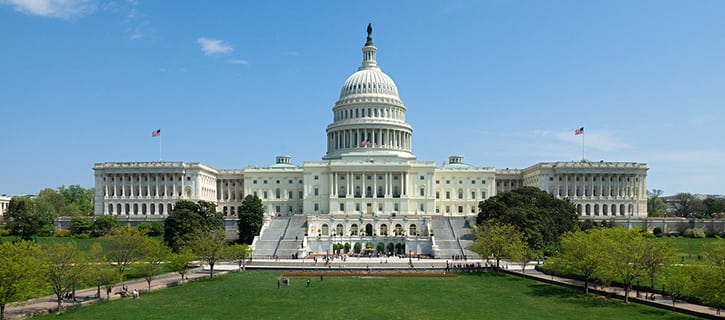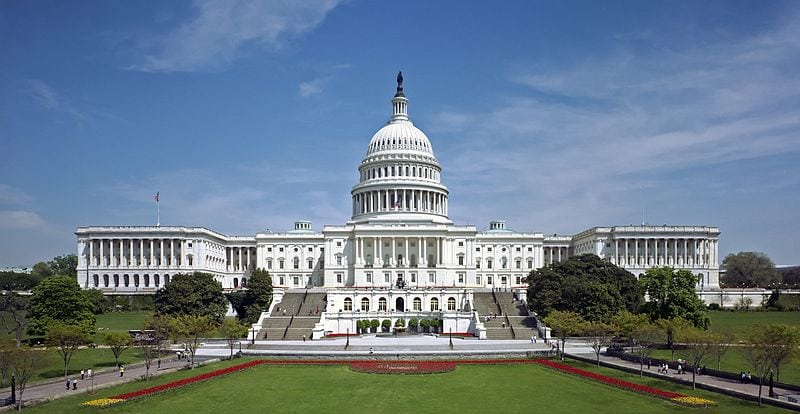President Donald Trump wants to balance the federal budget in 10 years, and it appears he believes that to do so, deep cuts to the nation’s energy research funding are needed.
The administration’s fiscal year 2018 (FY18) budget request, released Tuesday, May 23, cuts funding for the Department of Energy (DOE) by $1.7 billion, a 5.6% decrease from fiscal year 2017 (FY17) funding levels. However, within the DOE’s proposed FY18 budget, the National Nuclear Security Administration, which is “responsible for enhancing national security through the military application of nuclear science,” gets a boost of $1.4 billion to $13.9 billion, an increase of 11.4% from FY17. Funding for the rest of the department is cut 18% to $14.1 billion, down $3.1 billion from FY17’s $17.2 billion.
The budgets for the department’s offices of science, nuclear energy, fossil energy, and energy efficiency and renewable energy are all cut significantly under the budget request.
Nuclear
The DOE’s Office of Nuclear Energy would be funded at $703 million for FY18 under the administration’s budget request. According to the request, the office will be focused on early-stage research and development. The office was funded at roughly $1 billion in the FY17 omnibus.
The administration requests $94 million to fund reactor concepts research development and deployment, a $38 million decrease from the FY17 funding contained in the recent omnibus.
Fuel cycle research and development would be funded at $89 million under the request, less than half of its FY17 funding of $207.5 million.
Taking less of a hit, funding for nuclear energy enabling technologies research and development is requested at $105 million, a decrease of just $10.1 million.
The budget request zeros out funding for the Small Modular Reactor Licensing Technical Support Program, which was funded at $95 million in the FY17 omnibus.
Fossil Energy
Interestingly, fossil energy research and development (FER&D) also takes significant hits in the budget. Throughout the Obama administration, FER&D was a sticking point in the DOE’s appropriations process. Obama regularly requested cuts to the FE programs, and in turn, Republicans in Congress regularly restored the funding, decrying Obama for underfunding the programs and showing favor to renewables.
Under the Trump budget request, FER&D would be funded at $280 million, down 44% from the FY17 omnibus funding level. Obama’s final budget request called for FER&D funding of $600 million, making use of a $240 million balance left over from FY16.
The FY18 budget request would fund research into carbon capture at $16 million, down from $101 million in the FY17 omnibus. Carbon storage research would be funded at $15 million, down from $95.3 million. Advanced energy storage, which was funded at $105 million in the FY17 omnibus, would be funded at $46 million under the FY18 request. Funding for cross-cutting research in the request is $38 million, down from $45 million in the omnibus.
The budget request zeros out funding for supercritical transformational electric power research and development.
During his campaign, Trump seemed to signal his support for fossil energy innovation, saying several times that he “loves clean coal.”
The budget also looks to make noteworthy changes to the National Energy Technology Laboratories (NETL). “The NETL Infrastructure and Operations program supports the upkeep of NETL’s lab footprint in three geographic locations: Morgantown, WV; Pittsburgh, PA; and Albany, OR. This budget request initiates an effort to consolidate NETL’s multi-site footprint to a single operational complex,” according to the request.
Energy Efficiency and Renewable Energy
The DOE Office of Energy Efficiency and Renewable Energy (EERE) faces extreme budget cuts under the Trump request. The office was funded at $2.09 billion in the FY17 omnibus. Funding for the office is decreased to just $636 million in Trump’s budget request.
Within EERE, renewable energy is funded at $282 million with allocations of $134 million for solar energy, $66 million for wind energy, $44 million for water power, and $38 million for geothermal technology.
“All EERE programs will focus on research that industry either does not have the technical capability to undertake or is too far from market realization to merit sufficient industry focus and critical mass,” according to the budget justification.
Office of Science and ARPA-E
With the exception of advanced scientific computing research, and safeguards and security, all programs under DOE’s Office of Science face substantial cuts.
Funding for basic energy science’s research is cut $127 million in the request. Biological and environmental research is cut a whopping $348 million.
The Advanced Research Projects Agency-Energy (ARPA-E) program is an all-out casualty in the budget, getting the ax from the administration. “The Budget Request proposes to eliminate ARPA-E with operations winding down in 2018 and the office shutting down in FY 2019, at which point remaining monitoring and contract closeout activities would be transferred elsewhere within DOE. The Budget assumes that a plan will be developed in FY 2018 to ensure that prudent monitoring and management of ARPA-E contracts and responsible stewardship of taxpayer funds continues after the ARPA-E office closes,” according to the budget justification.
Funding for APRA-E is requested at a level of $20 million “to fund wind down of operations,” the justification says.
What are the odds?
Chances that the budget produced by Congress looks much like the president’s request are pretty slim, and everybody seems to know it. “Do I expect [Congress] to adopt this 10%, wholeheartedly, without any change? Absolutely not,” Office of Management and Budget Director Mick Mulvaney told reporters during a May 22 press briefing. “Do I expect them to work with the administration on trying to figure out places where we’re on the same page? Absolutely. But I don’t think it invalidates the importance, the credibility of the President’s budget just because they’re not going to pass it wholeheartedly.”
Even before the proposal was released, members of Congress began bracing themselves for what it would contain. On May 18 a group of Republican Senators penned a letter to Trump, urging him not to cut funding for energy research. “Governing is about setting priorities, and the federal debt is not the result of Congress overspending on science and energy research each year. We urge you to continue to invest in the Department of Energy’s research and development programs in fiscal year 2018,” the letter says.
The letter was signed by Sen. Lamar Alexander (R-Tenn.), chairman of the Senate Energy and Water Development Appropriations subcommittee, and subcommittee members Sens. Lisa Murkowski (R-Alaska), Susan Collins (R-Maine), and Lindsey Graham (R-S.C). Sens. Cory Gardner (R-Colo.) and Michael Rounds (R-S.D.) also signed the letter.
In a statement May 23, House Committee on Appropriations Chairman Rodney Frelinghuysen (R-N.J.) noted that ultimately, government funding isn’t up to the executive branch. “As outlined in the Constitution, the Congress, not the Executive Branch, has the ‘power of the purse.’ My Committee takes this responsibility very seriously. It is our job to analyze the request, go through each and every budget line, question every witness, and demand spending justifications on behalf of the taxpayers who are footing the bill,” he said.
Unsurprisingly, Democrats and environmentalists were quick to criticize the bill. “Numbers in a budget are not just numbers. They represent the values that we hold as a country. The Trump budget proposal for the Energy Department falls woefully short of reflecting our values and instead slashes the investments we need to make for our children and grandchildren,” Ranking Member of the Senate Energy and Natural Resources Committee Maria Cantwell (D-Wash.) said in a release.
—Abby L. Harvey is a POWER reporter.



